While Stone Town draws most visitors to Zanzibar, the island’s true character lives in
its coastal villages, where centuries-old traditions blend with the rhythms of the
Indian Ocean. These communities, some dating back to the earliest Swahili
settlements, maintain their authentic character through traditional fishing practices,
ancient customs, and architectural styles that have been unchanged for generations.
From the northern tip to the southern shores, these 15 villages give a glimpse into
the soul of Zanzibar, where life moves to the gentle pace of tidal changes and
seasonal winds known locally as ‘kaskazi’ and ‘kusi.’
Nungwi
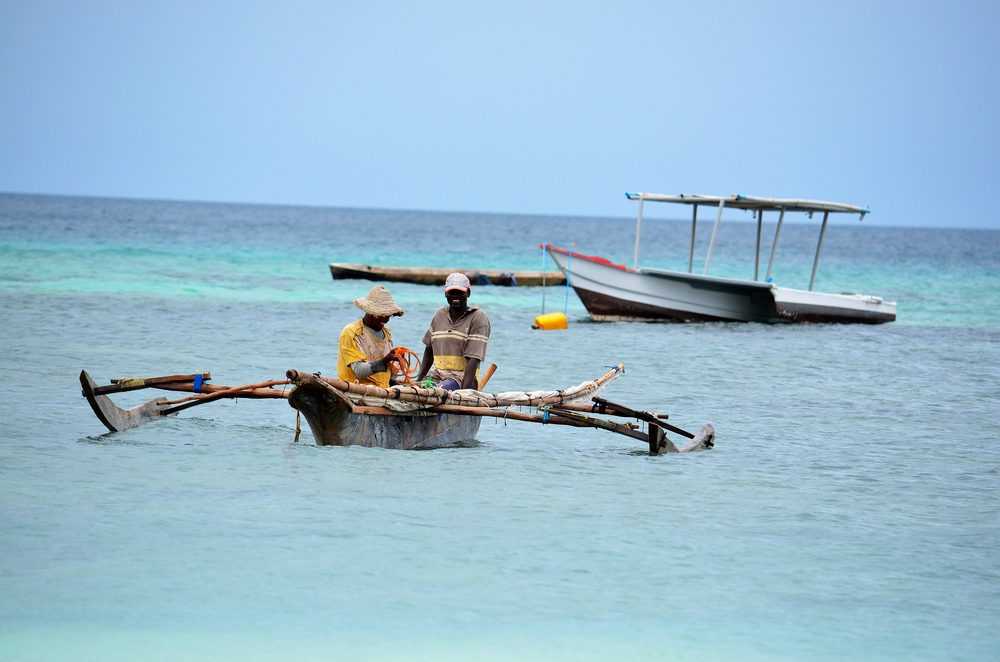
Despite its newfound popularity, the northern village of Nungwi retains its old-world
dhow-building skills, with artisans constructing wooden vessels in much the same
way as their forebears. Local boatmakers welcome visitors to their beachside
workshops, where the sweet scent of mango wood mingles with the sea breeze.
The village’s lighthouse, standing sentinel since colonial times, offers spectacular views
of dhows returning with the day’s catch as the sun sets over the Indian Ocean.
Matemwe
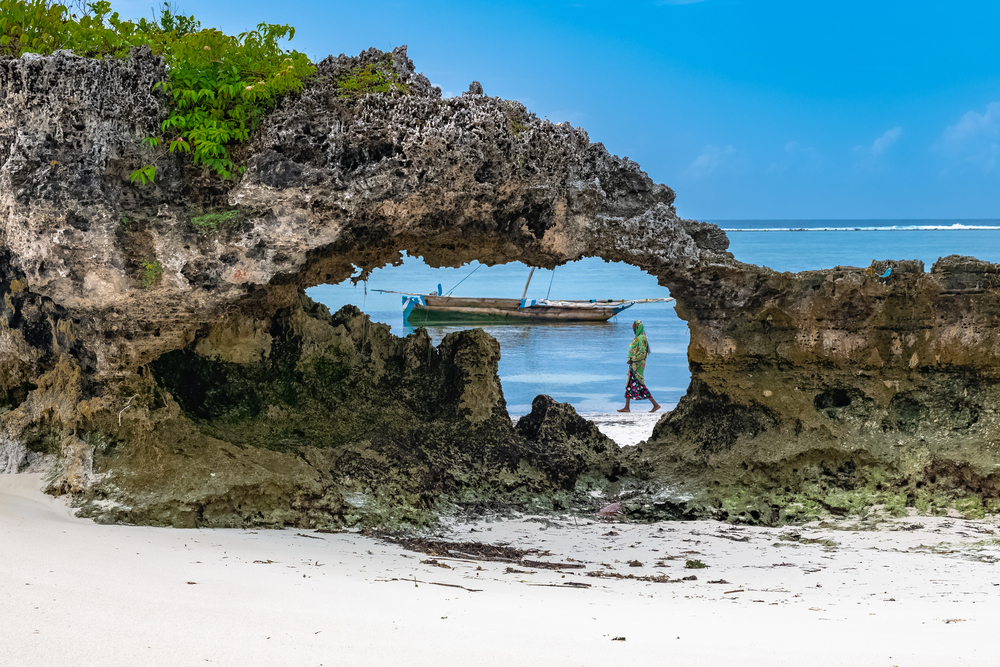
This traditional fishing village displays seaweed farming, with local women attending
to their underwater gardens at low tide. Ancient coral caves lying near the village are
of ceremonial importance to local people, who continue to bless the fishermen before
they go to sea.
The village’s renowned seafood market really gets going at dawn when the returning fishermen sell everything from octopus to yellowfin tuna.
Like Travel Pug’s content? Follow us on MSN.
Jambiani
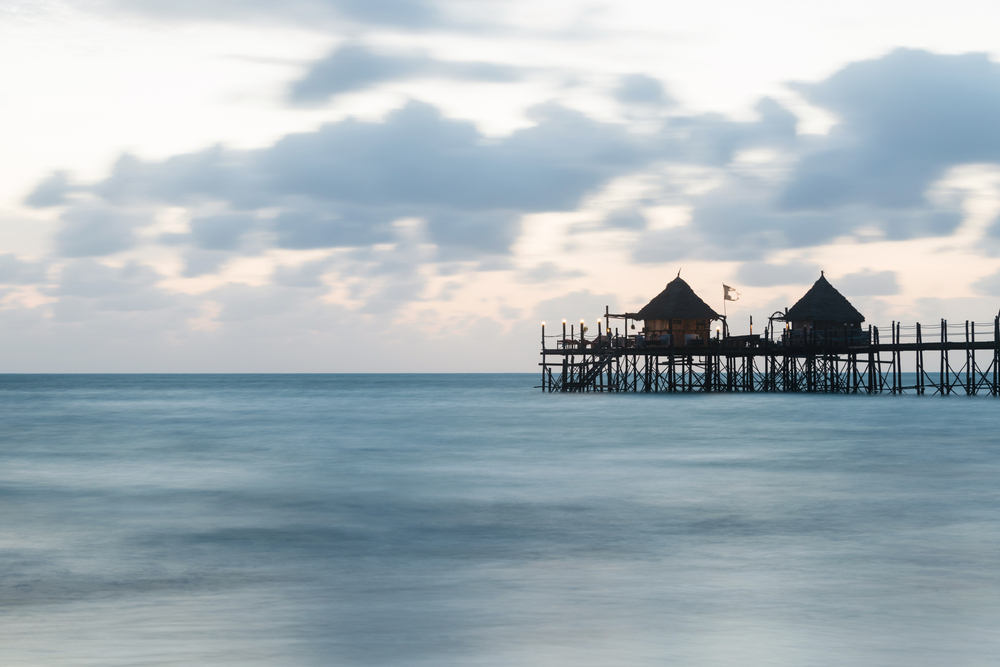
Long stretches of virgin beach frame this village, where traditional palm-leaf weaving
remains a mainstay of local life. Women congregate under towering palms to weave
intricate mats and baskets, passing on stories and techniques from generation to
generation.
The village’s unique position on a lagoon creates ideal conditions to learn about ancient fishing techniques and seaweed cultivation.
Makunduchi
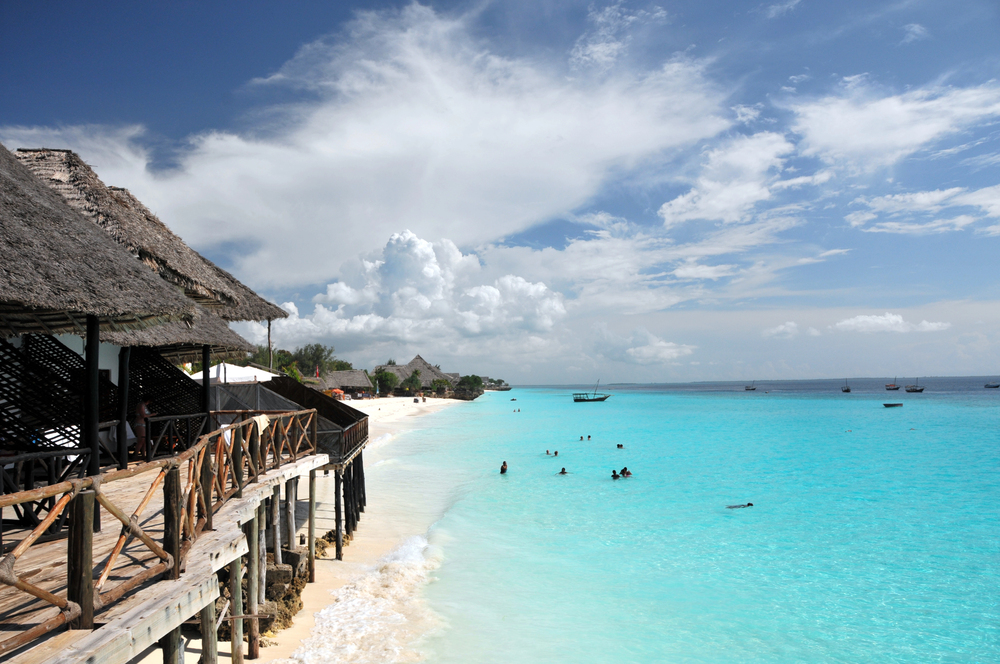
This southern village is the home of the famous Mwaka Kogwa festival and holds
some of the oldest Shirazi traditions on the island of Zanzibar. Older individuals in
the community still preserve oral histories from Persian settlers who arrived several centuries ago; their influence remains evident through house architecture and local
customs.
Traditional healers, the ‘waganga’, still practice old medicine, using herbs from the surroundings with spiritual methods.
Paje
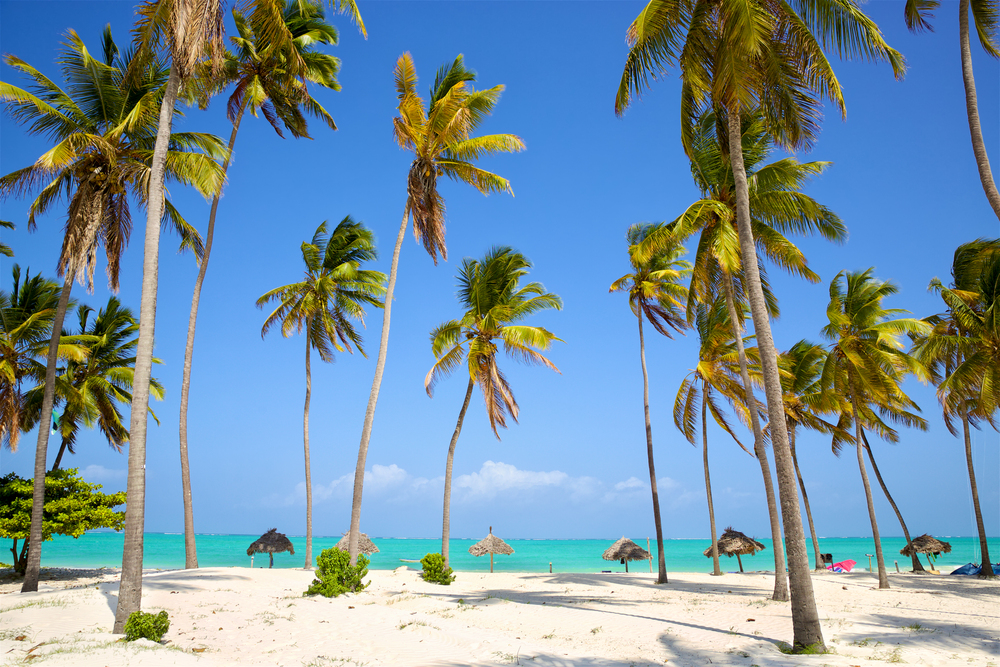
This east coast village, known for its kitesurfing conditions, finds a good balance
between this modern sport and the traditional fishing culture. Local fishermen still
use ancient methods to catch octopus at low tide and are ever ready to share this
culture with curious visitors.
Spice gardens behind coral walls in the village produce aromatic cloves that once made Zanzibar famous.
Like Travel Pug’s content? Follow us on MSN.
Bwejuu
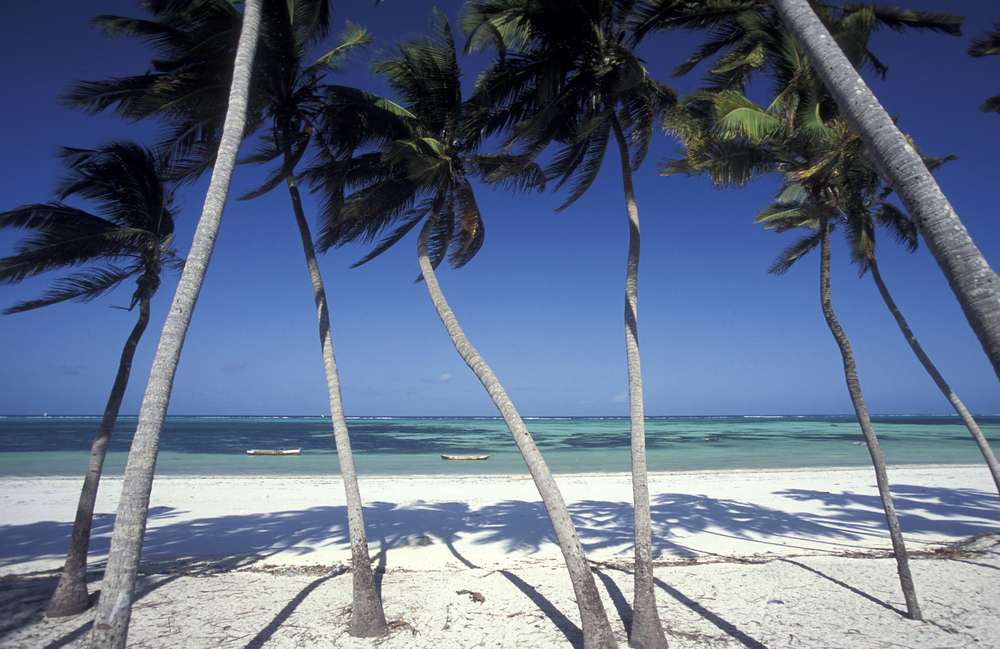
This sleepy village preserves traditional palm-thatched architecture and ancient
fishing customs untouched by time. Local women maintain the art of henna painting,
creating intricate designs for special occasions using techniques passed down
through generations.
The village’s coral caves hold mysterious carvings that local guides say date back to early Shirazi settlers.
Kizimkazi
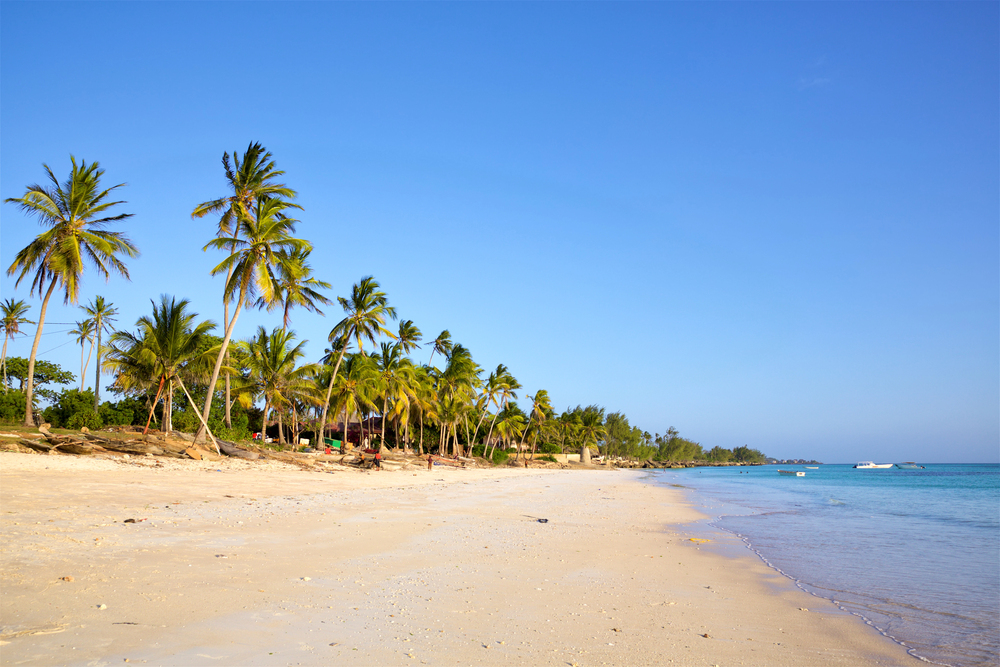
Famous for its ancient mosque dating to 1107 AD, this village maintains strong
connections to its Arabian heritage. Local fishermen continue the tradition of dolphin
spotting using ancient navigation techniques passed down through generations.
The village’s sacred caves serve as gathering places for traditional ceremonies that blend Islamic and African spiritual practices.
Uroa
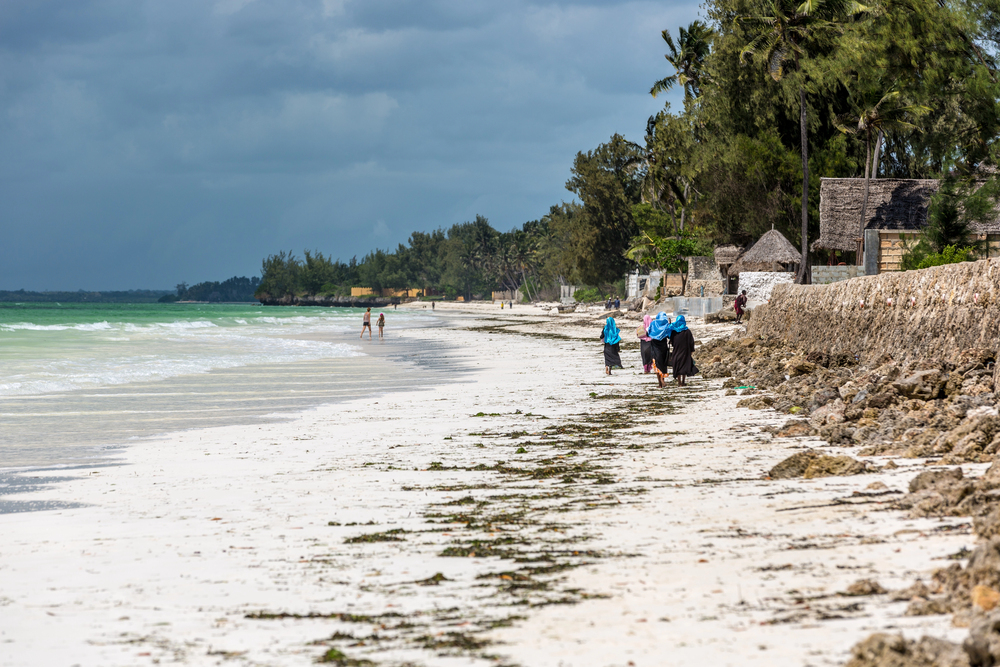
This eastern village still practices the traditional harvesting of salt, with its fields of
salt pans that almost mirror the sky. Families in this area still traditionally process
coconut products, from extracting oil to making ropes from the husks.
The typical architecture includes carved doorways telling stories of trade routes from Zanzibar to faraway places.
Like Travel Pug’s content? Follow us on MSN.
Michamvi
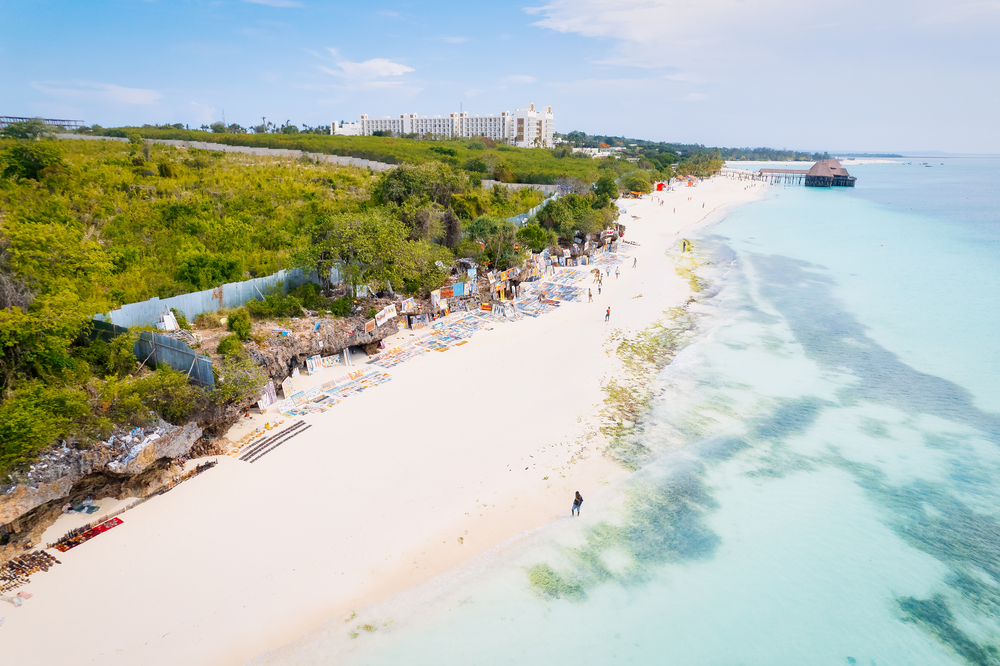
This village, sitting on a peninsula, still retains traditional boat-building and ancient
fishing methods. Local craftsmen still carve the typical Zanzibari doors, now symbols
of the island’s artistic heritage.
The village’s position between two bays creates perfect conditions for learning about traditional navigation methods used by local fishermen.
Fumba
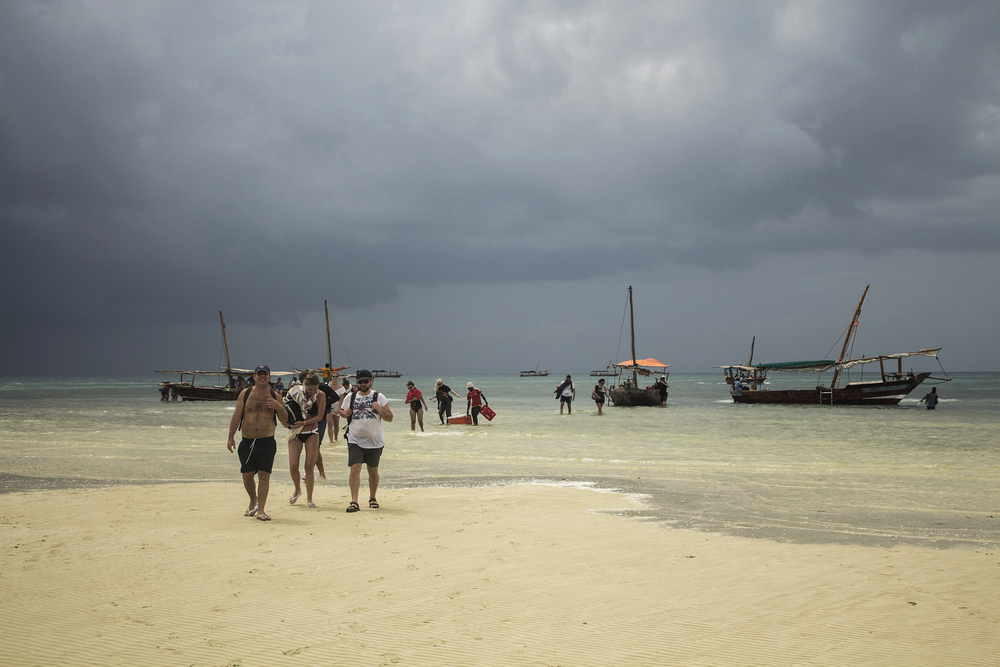
This tranquil village still upholds the traditional pearl diving practices of generations
of local families. Ancient mangrove forests around the village supply materials for
traditional medicine and boat building.
Its proximity to rich fishing grounds allows locals to show off traditional fishing techniques that have remained unchanged for centuries.
Kendwa
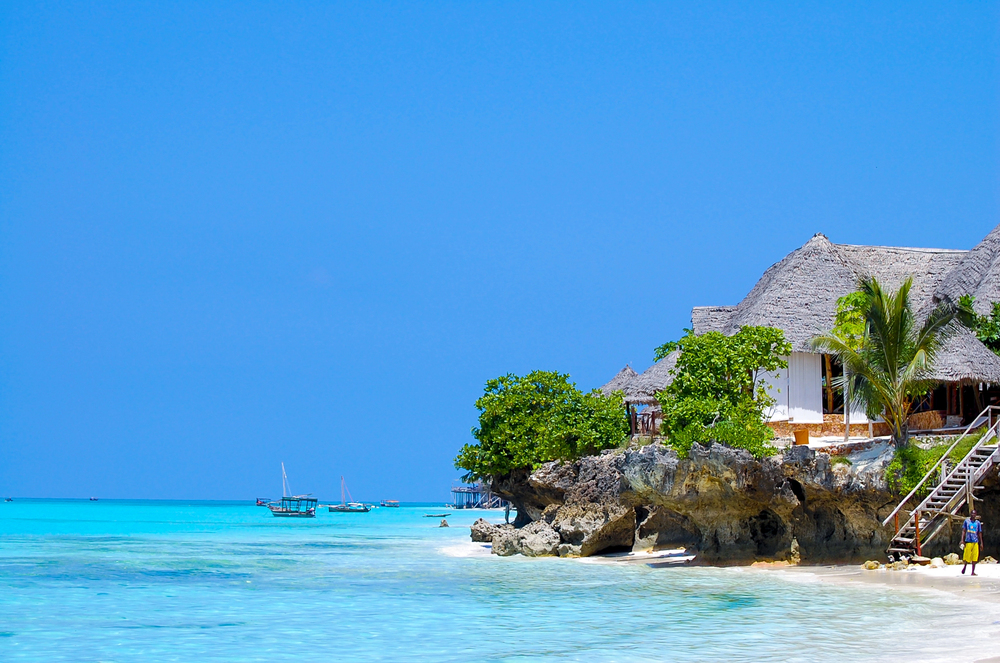
Despite its proximity to popular beaches, this village preserves traditional music and
dance forms through regular community gatherings. Local drum makers continue
crafting traditional Ngoma drums using ancient techniques and locally sourced
materials.
The village’s distinctive architecture features a traditional baraza (stone
benches) where elders gather to share stories and maintain oral histories.
Like Travel Pug’s content? Follow us on MSN.
Pwani Mchangani
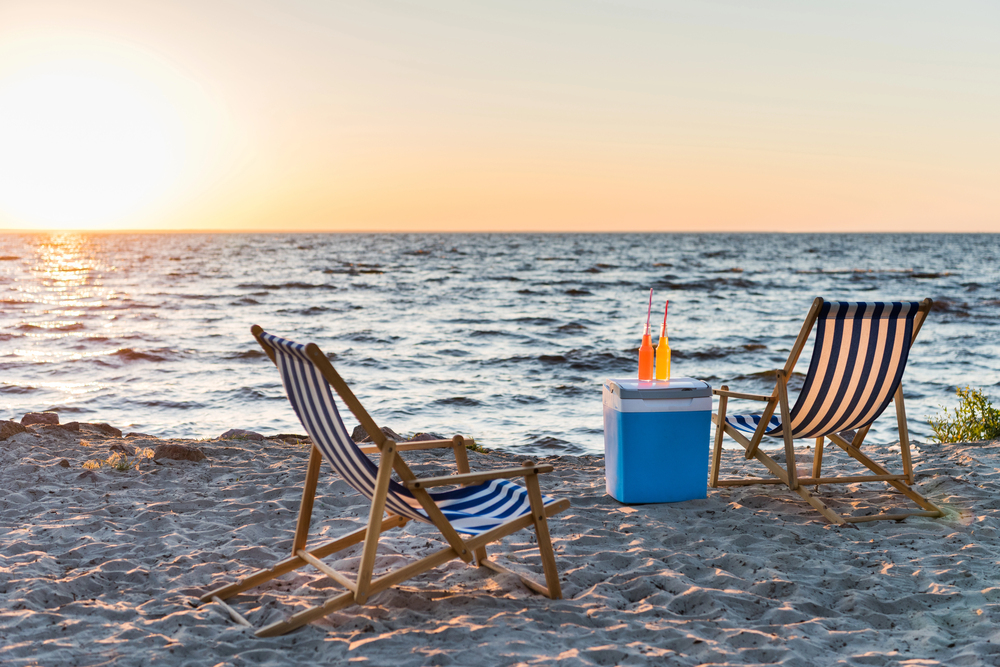
This village specializes in traditional rope making from coconut fiber, which caters to
the local boat-building industry. Women also practice the ancient techniques of
extracting coconut oil, which has been passed down the generations.
The houses in the village are uniquely aligned with the seafront, a testament to traditional beliefs about ocean spirits and maritime protection.
Pongwe
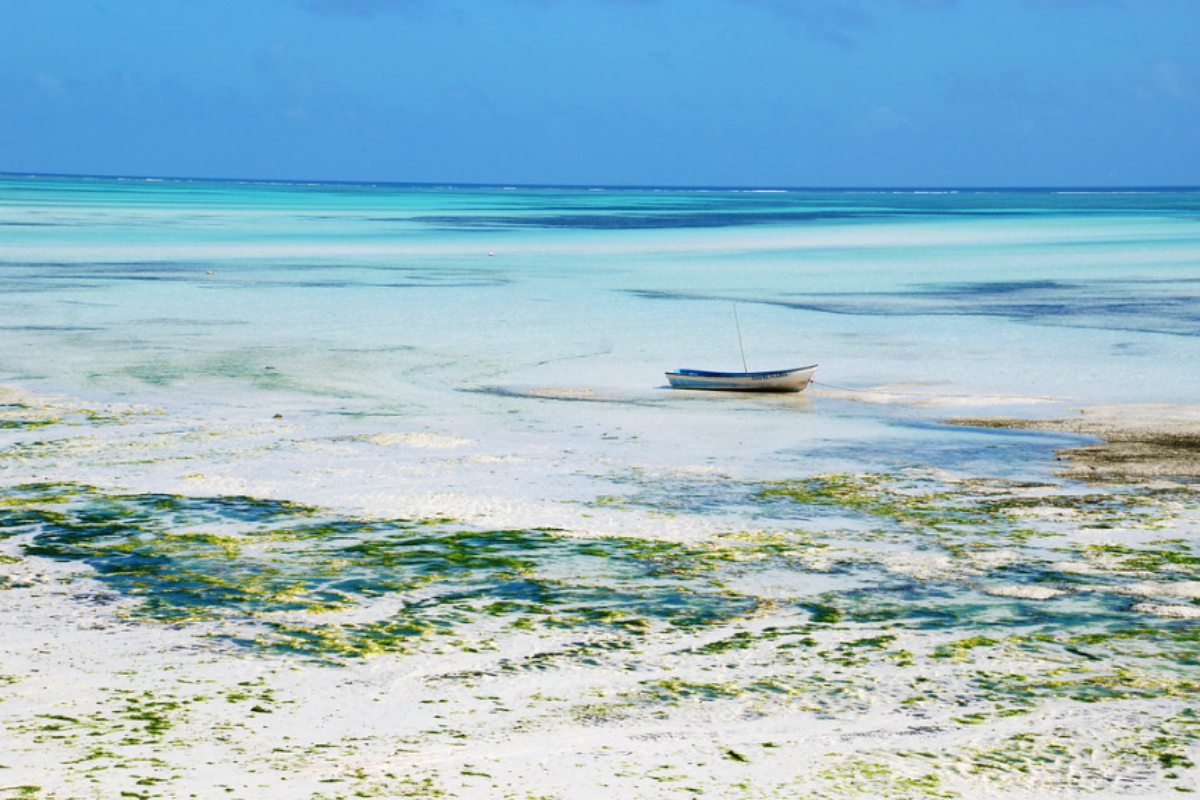
This village, hidden behind a coral forest, still keeps the same old traditional
beekeeping in ancient log hives. The local families continue with the harvesting of
medicinal plants in the surrounding coral rag forest with their traditional knowledge
passed from generations.
The village coral walls protect traditional gardens whereancient spice cultivation methods continue.
Chwaka
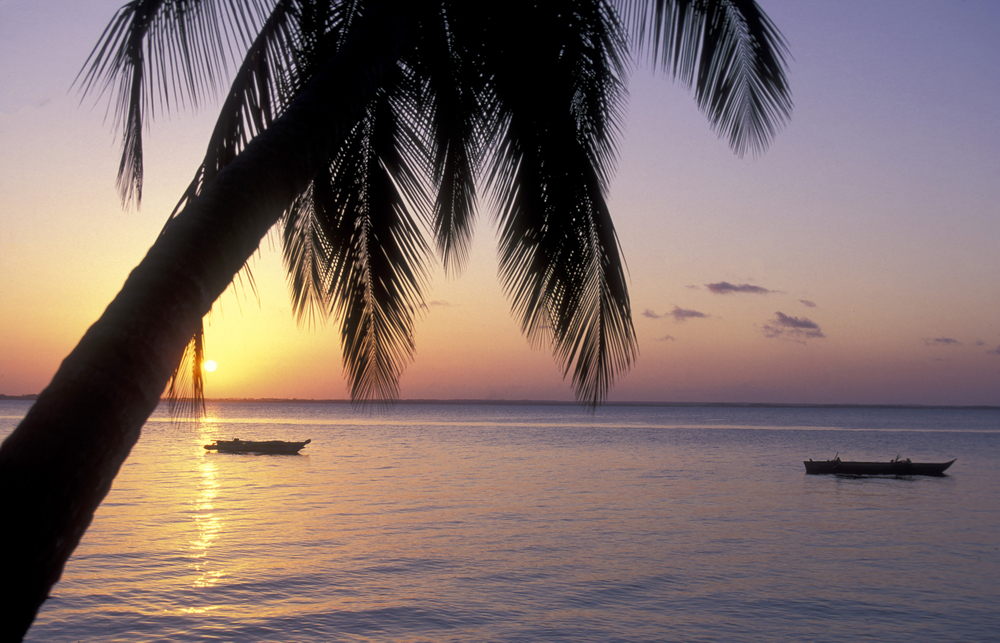
This is a village famous for its traditional fishing methods, and as such, it retains
ancient ways of making fish traps out of palm fronds. The local boat builders still
make the traditional outrigger canoes used in shallow-water fishing.
The mangrove boardwalk of this village, built traditionally, enables visitors to walk these very important ecosystems and understand their cultural uses.
Like Travel Pug’s content? Follow us on MSN.
Charawe
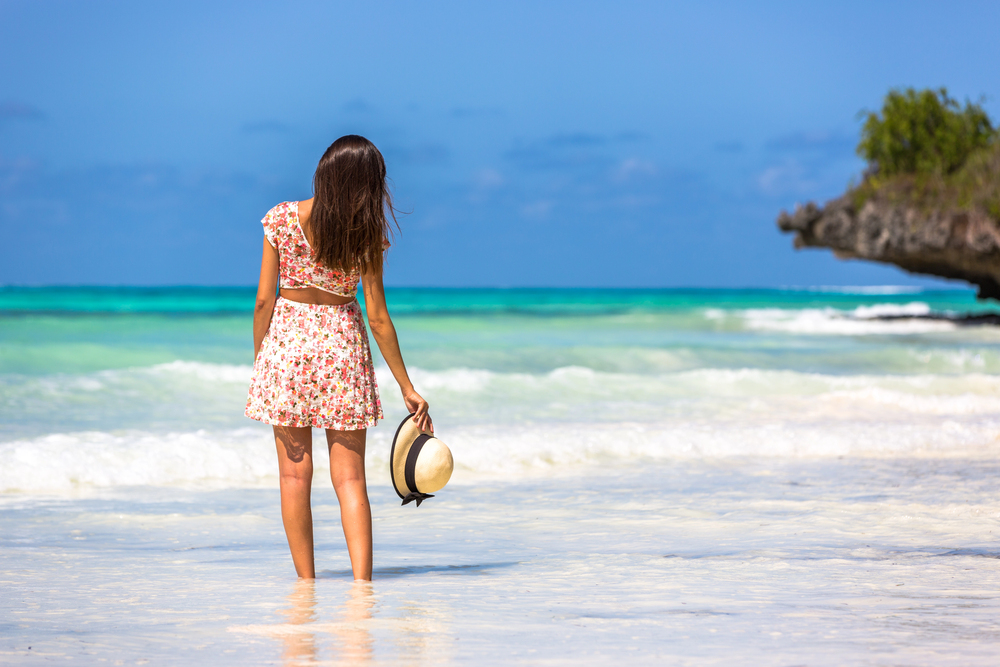
This village, situated deep in the spice-growing region of Zanzibar, still retains
traditional methods of cultivating cloves and cinnamon. Local spice farmers continue
to practice ancient methods of pruning and harvesting to maximize flavor and
sustainability.
Nothing has changed in the traditional ways of processing, from drying to storing spices, in this village.
Zanzibar’s Coastal Villages Beckon
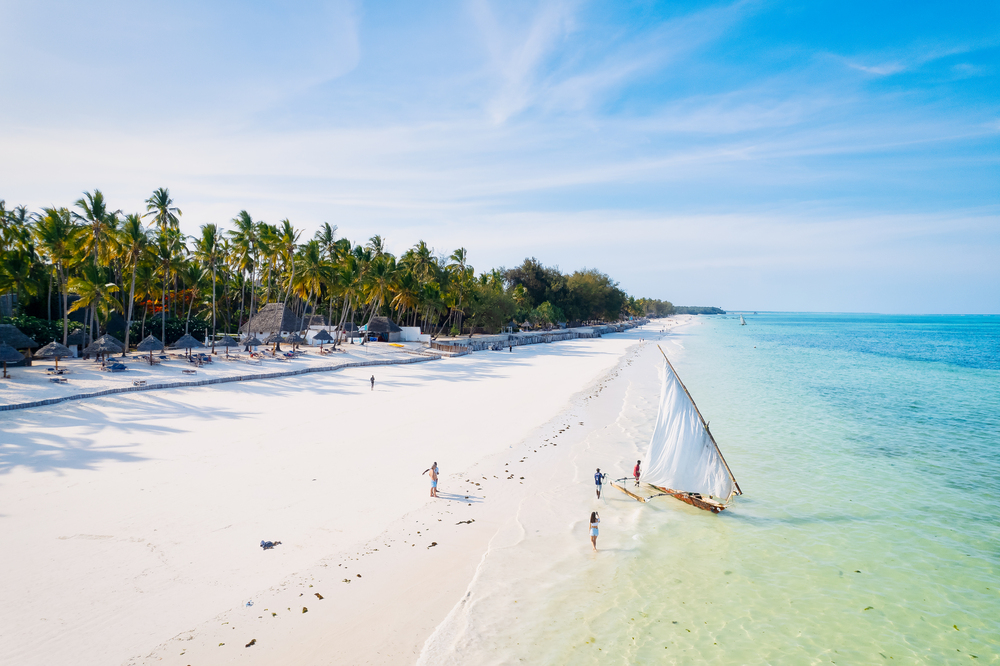
These fifteen villages represent but a fraction of Zanzibar’s abundant coastal
heritage, where the old traditions still bloom within modernity. Each community represents something different about the cultural fabric that comprises the island, from traditional crafts and ways of fishing to spiritual practices and architectural style.
More from Travel Pug

- 15 Dangerous European Cities to Avoid
- 15 Caribbean Islands Where Tourists Keep Getting Scammed
- The 20 Most Fascinating Abandoned Places: A Journey Through Time and Forgotten Spaces
- 15 Hidden Places in the Smithsonian Museums Locals Love: A Guide to Lesser-Known Treasures
- 16 Hidden Florida Beach Towns That Aren’t Overrun with Tourists
Like Travel Pug’s content? Follow us on MSN.
